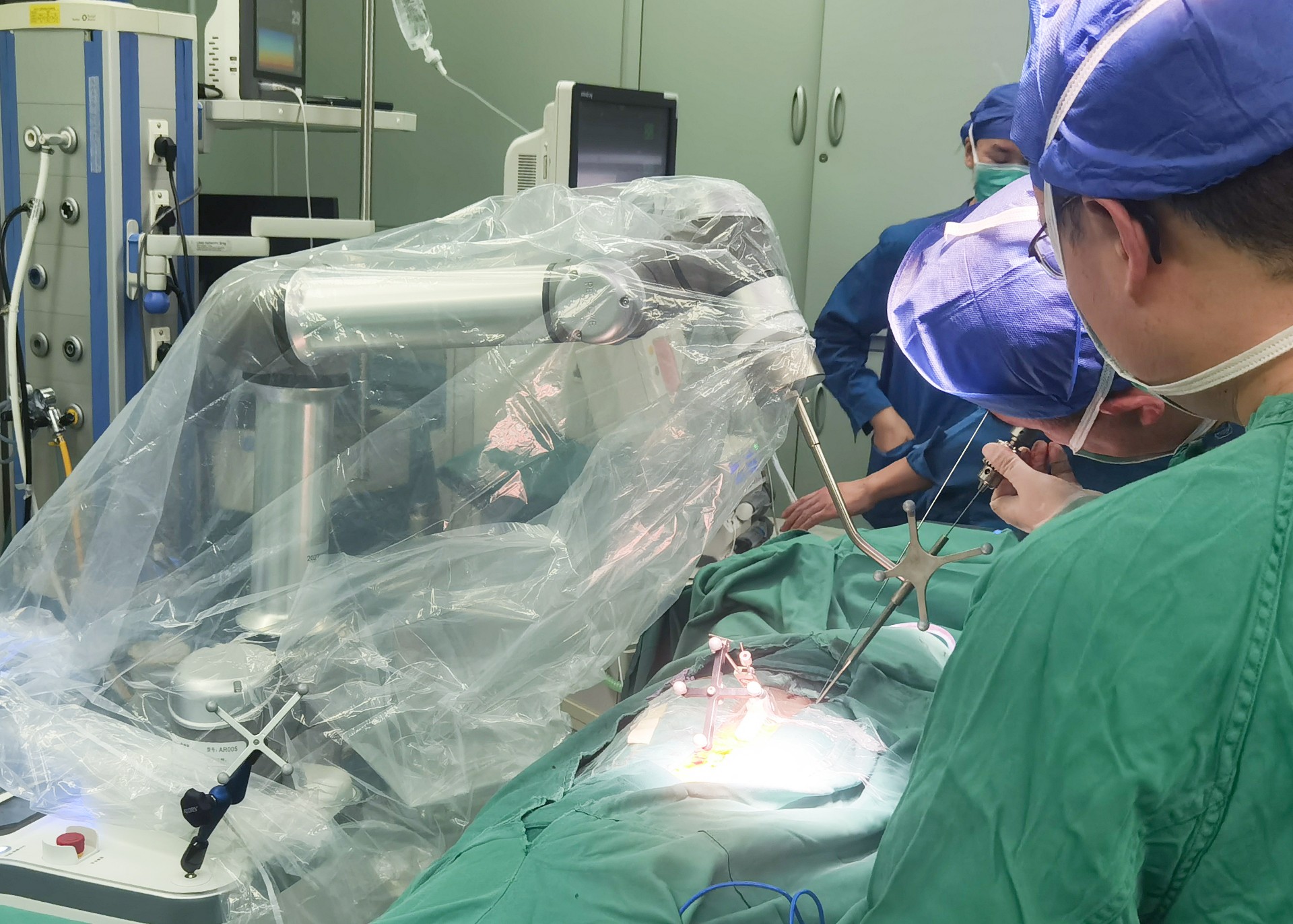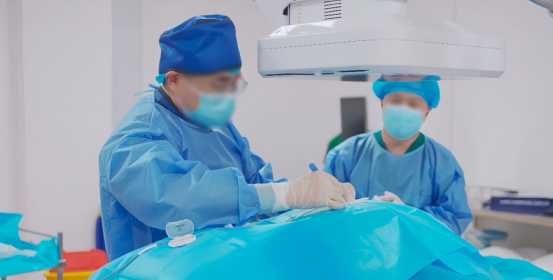News
2022-10-20 09:41:54 Views:947
World Osteoporosis Day | Recognize osteoporosis and strengthen your bones!
Osteoporosis is a very common problem. It is estimated that approximately 10 million Americans have osteoporosis and another 34 million have low bone density. There are approximately 2 million osteoporosis-related fractures each year, 70% of which occur in women.
The consequences of osteoporosis are also far more serious than people think: 20% of older adults die within a year of a fracture, and 50% of people lose their ability to live independently.
Fortunately, there are steps you can take to prevent the onset of osteoporosis. If you already have osteoporosis, early detection and proper treatment can slow or even reverse the progression of the disease and prevent fractures.
Our bones
The outside of a bone is a hard shell that encases a kind of spongy bone tissue inside. In addition to supporting the body and protecting vital organs, bones store minerals such as calcium.
Bones are the largest calcium storehouse in our body, with over 90% of calcium stored there. Our bones are in a constant process of remodeling, breaking down old ones and creating new ones to supply the body's needs, repairing damaged parts and keeping bones strong. Until the age of 25 to 30, more new bone tissue is created than is broken down.
In menopausal women, on the other hand, the breakdown of bone exceeds the production, resulting in bone loss. In patients with osteoporosis, bone loss is even more accelerated.
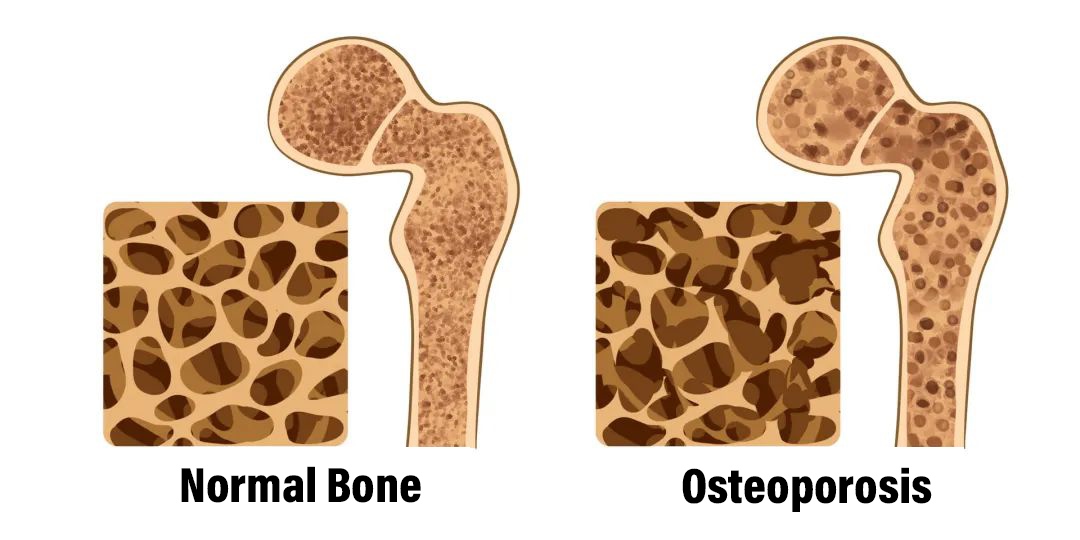
What is osteoporosis?
Osteoporosis is a disease that makes bones weak. Although we do not know the exact cause of osteoporosis, we do know how it progresses. When osteoporosis occurs, the internal structure of the bones becomes weakened and the quality and strength of the bones are weakened, which can easily lead to sudden and unexpected fractures.
In the circles in this chart below, from left to right, are normal, low bone density, osteoporotic and severely osteoporotic bones.

Risk factors for osteoporosis
The greatest risk of osteoporosis in women over 50 years of age may be related to the accelerated rate of bone loss after menopause. But the disease can occur at any age. Men have larger bones. Bone loss starts later in men and is not as rapid. They also do not have significant hormonal changes corresponding to bone loss, so osteoporosis is not as prevalent in men as it is in women. About 20% of osteoporosis occurs in men.
The following are risk factors for osteoporosis
- Age
- Sex, especially in postmenopausal white and Asian women
- Small body size
- Family history of osteoporosis
- Early menopause (under 45 years of age)
- Anorexia nervosa or bulimia nervosa
- Low calcium diet
- Use of certain medications, such as corticosteroids and anticonvulsants, some drugs for breast and prostate cancer
- Low testosterone levels in men
- Lack of exercise
- Smoking
- Excessive alcohol consumption
- Other diseases, such as intestinal problems, kidney problems, hormonal problems, kidney stones, liver disease
- Organ transplant recipients
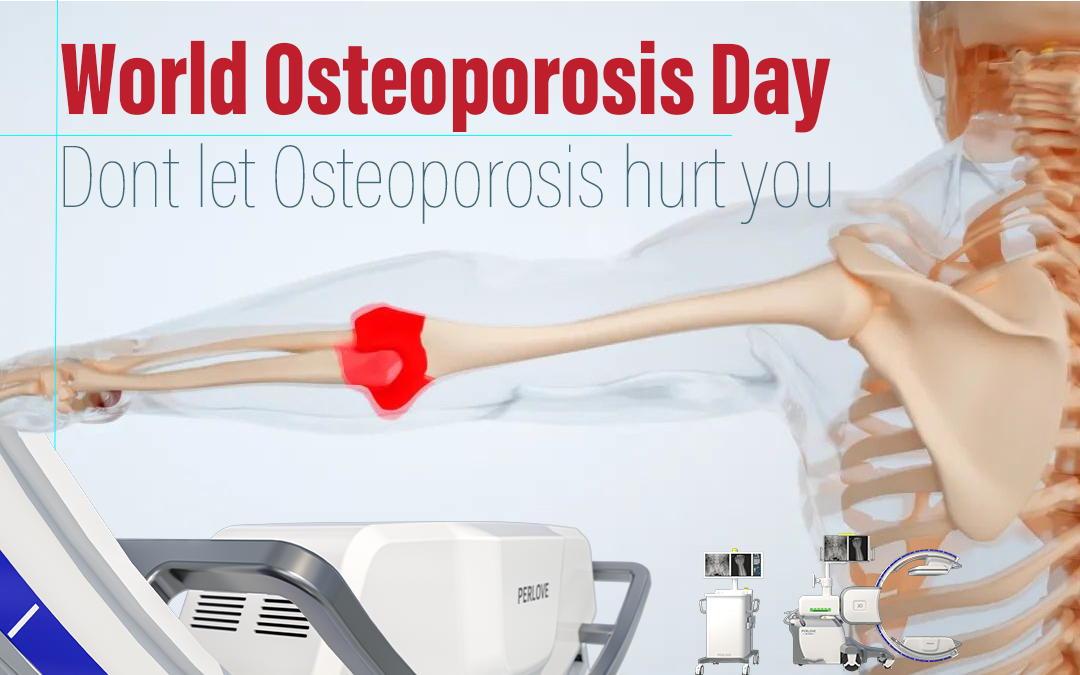
Symptoms of osteoporosis
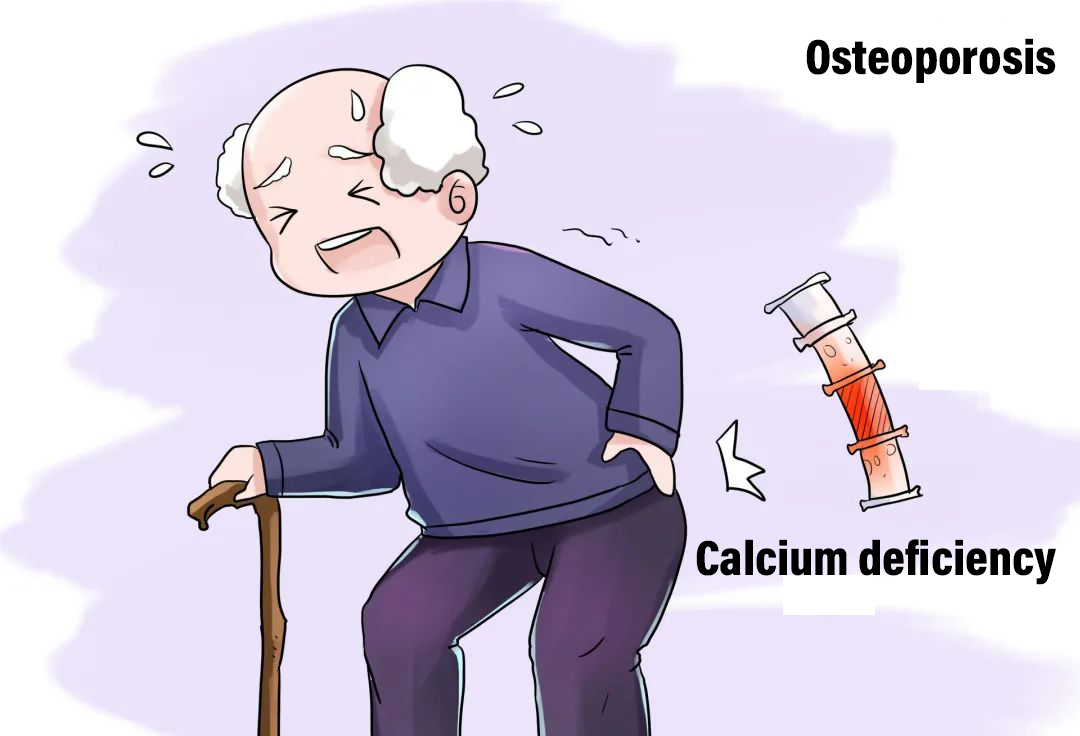
Bone loss usually occurs quietly and without obvious symptoms. As osteoporosis worsens, there are symptoms such as back pain, hunchback, shortening, and a tendency to fracture. Other more serious outcomes can result from this.
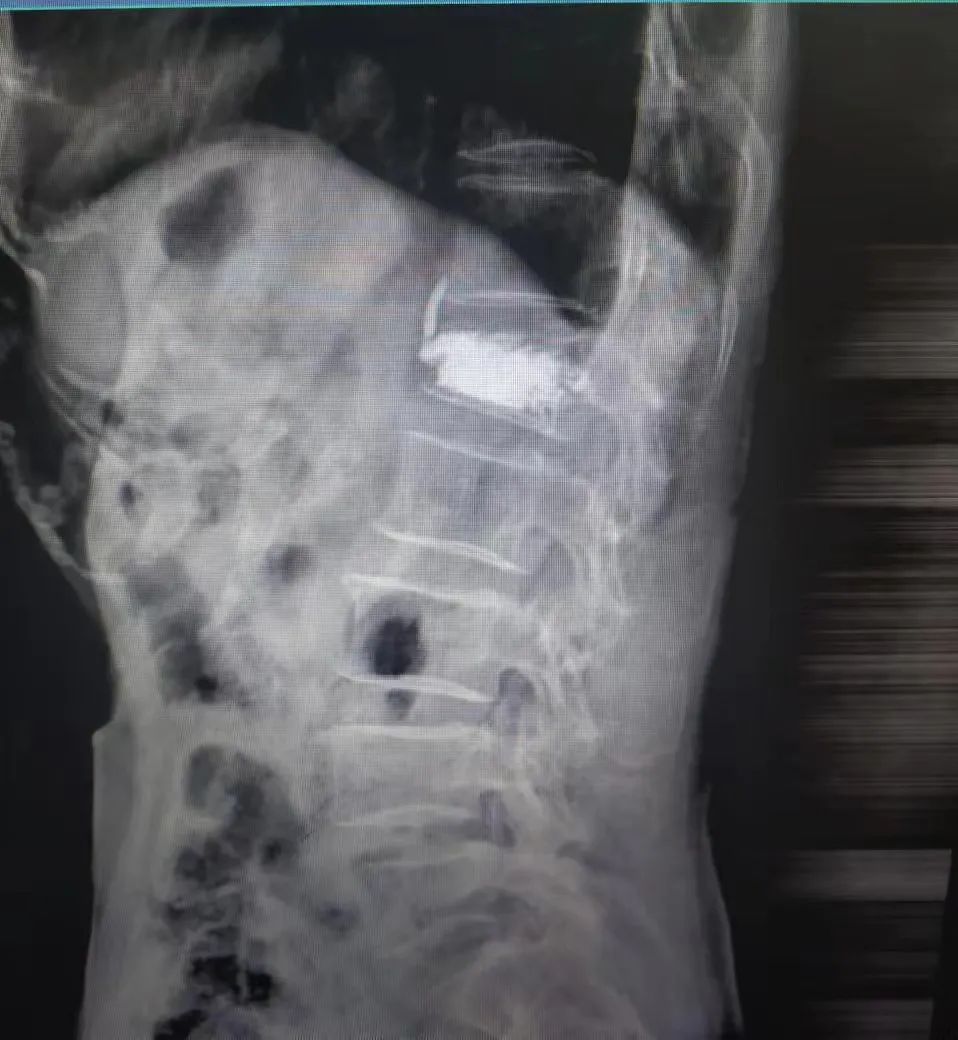
Auntie Li, a patient in her 60s, had a sudden onset of lumbar pain 1 month ago when she got up in the morning and bent over to lift something, and she did not dare to move and did not care.She recuperated at home, but her back pain gradually worsened and was diagnosed with severe osteoporosis and lumbar compression fracture, and was recommended to undergo minimally invasive percutaneous vertebral body kyphoplasty, and was successfully freed from pain after the surgery.
The joint is an important basis for limb movement and plays a decisive role in the function of the limb. Therefore, during surgical treatment, it is important not only to ensure the accuracy of fracture repositioning and stability of the prosthesis, but also to protect the complete function of the joint as much as possible so as to guarantee the patient's quality of life. Perlove Medical 3D mobile c-arm x-ray machine is equipped with an imported 30cm×30cm size dynamic plate, which can be used as "intraoperative CT" to generate CT-like tomographic images and stereoscopic 3D images quickly during surgery, providing more comprehensive image information for the surgeon.
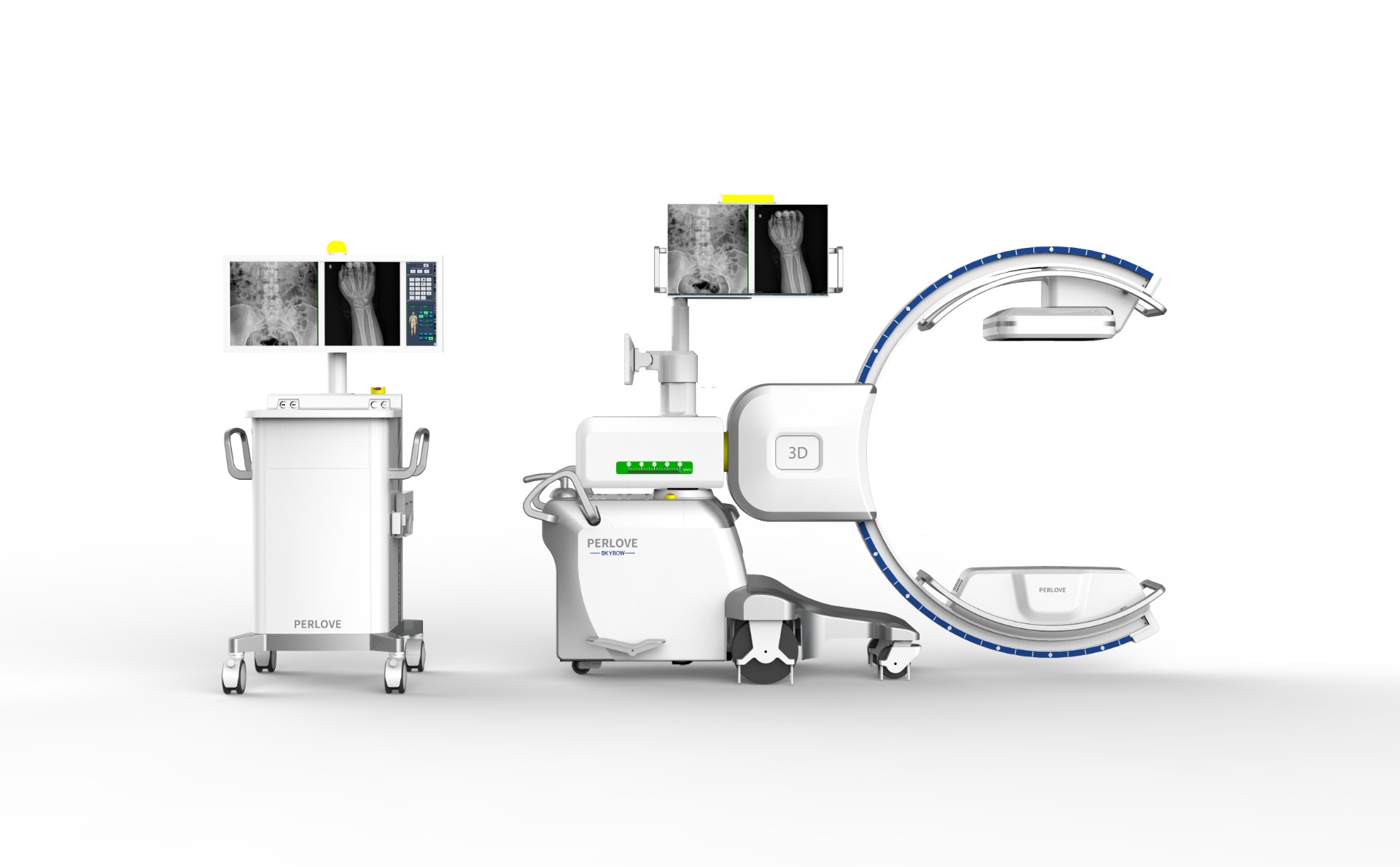
In addition, femur fractures are particularly dangerous, with approximately 20% of patients dying within one year of diagnosis. About half of patients with femur fractures eventually lose their ability to live independently and will need to be cared for. Men are more likely than women to die within the next year after a fracture. Studies have found that about 20 percent of women die within the first year after a femur fracture, compared to twice that number for men.
How can we prevent osteoporosis?
Building the strongest bones possible by the age of 25 to 30 is the best way to prevent osteoporosis in middle and old age. However, at any age, good nutrition and a healthy lifestyle can help prevent osteoporosis or reduce the impact of osteoporosis on your life. Here are some suggestions to help build and maintain strong bones
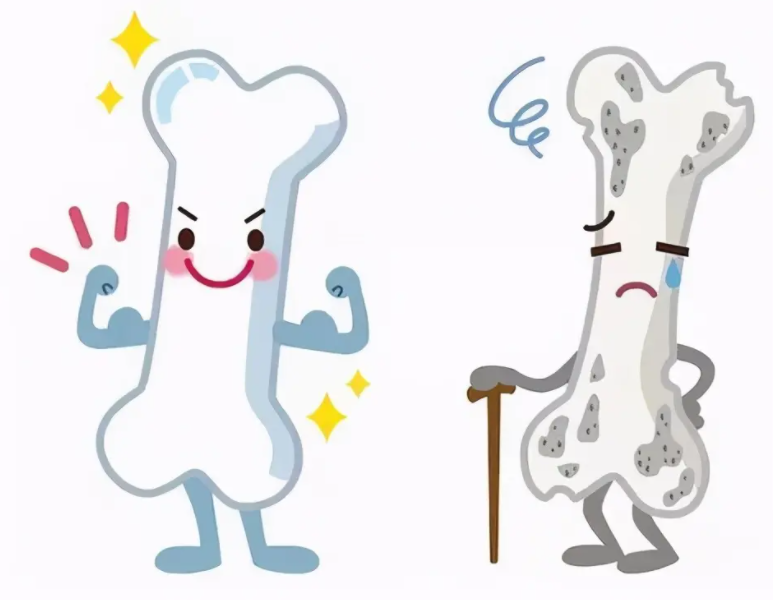
01 A balanced diet rich in calcium and vitamin D
Calcium is important and vitamin D helps with calcium absorption and utilization, so it's important to have both.
In general, premenopausal women and men before age 70 need 800-1000 mg of calcium per day, and postmenopausal women and men over age 70 need over 1000 mg of calcium per day.
The table below lists the recommended calcium intake of all ages as recommended in the 2014 Chinese Dietary Standards Nutrient Intake Manual for your reference.
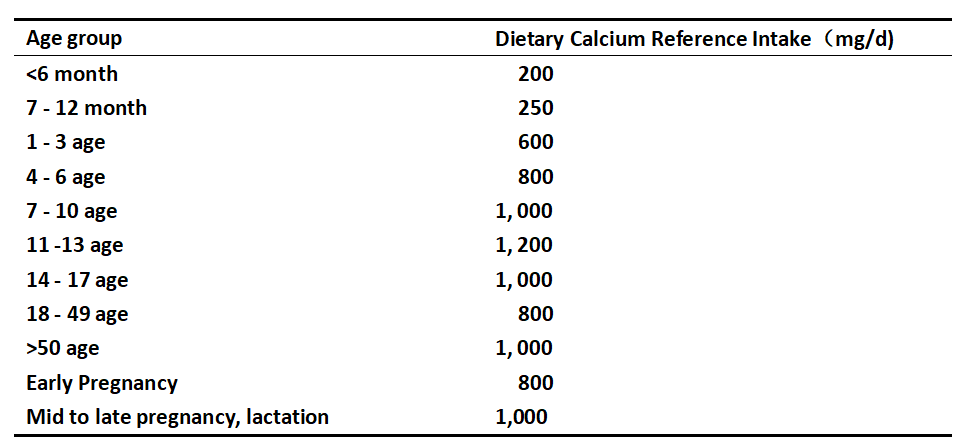
Best source of calcium in food.
- Dairy products, including milk, cheese, yogurt, pudding
- Green vegetables, such as broccoli, spinach
- seafood
- Beans
Best sources of vitamin D in foods.
Eggs, fish and fortified milk.
In addition to calcium supplementation, adequate vitamin D is needed to promote calcium absorption in the intestine, and more sun exposure can promote vitamin D synthesis in the body. It is generally recommended that you expose your skin to the sun for 15-30 minutes from 11:00 am to 3:00 pm as much as possible. Of course, care should be taken to avoid bright sunlight to avoid sunburn on the skin.
02 Exercise regularly
People of any age need to adhere to scientific exercise to prevent osteoporosis. For adolescents and children, when their bodies are in the growth phase, exercise is very helpful for bone mass accumulation, so try to maximize the "peak bone mass". Some studies have shown that running and jumping sports (such as basketball, soccer, volleyball, etc.) are more effective for bone mass accumulation. For adults, regular weight-bearing exercise (such as running, various ball games, etc.) is recommended, five times a week, 30 minutes to an hour each time, exercise can enhance muscle strength, improve nerve and muscle response, and reduce the risk of falls.
03 Quit the smoking
Smoking and excessive alcohol consumption can reduce your bone density. "Quit smoking and control drinking", these two points can not be overemphasized, outside of osteoporosis, many other diseases, heart disease, various cancers are related to smoking and excessive alcohol consumption
04 Prevention of falls
Middle-aged and elderly people should pay attention to the prevention of falls to avoid the occurrence of fragility fractures. The following groups of people are more prone to falls: those who are older than 65 years old; those who have fallen before; those with impaired limb movement and unstable gait; those with hearing and vision loss; those with anemia; those with postural hypotension; those who take drugs affecting conscious behavior (such as sedative sleeping pills); those who are malnourished; those who are weak and dizzy; those who lack care; those who are unconscious; those with sleep disorders, etc.
-
Surgical Robots Take the Stage in the “Battle to Protect the Spine”
Read More » -
Application of 3D C-arm Imaging in Radiofrequency Ablation Treatment of Trigeminal Neuralgia
Read More » -
Correcting Limb Length Discrepancy | 3D C-arm Assisted Epiphysiodesis in Pediatric and Adolescent Patients
Read More » -
Perlove Medical Concludes a Successful Presence at RSNA 2025 in Chicago
Read More » -
Multiple C-arm Systems From Perlove Medical Installed at Zhujiang Hospital of Southern Medical University
Read More » -
Perlove Medical 3D C-arm Installed at Ningde City Hospital
Read More »



